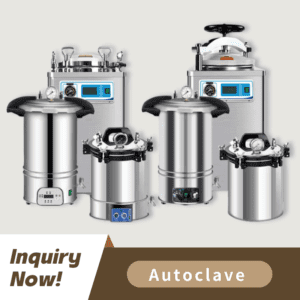
This comprehensive guide explores the most frequent errors encountered during autoclave use, from overloading the chamber to neglecting essential maintenance. We’ll provide actionable solutions and best practices, empowering you to optimize sterilization processes, minimize risks, and deliver exceptional value to your clients.
Autoclave operators frequently make the mistake of loading too much material into the sterilization chamber. Processing multiple items in one cycle appears efficient but overloading damages the effectiveness of sterilization.
For thorough sterilization steam requires unrestricted circulation to access every surface. Proper contact between items and steam is obstructed by overcrowding which results in incomplete sterilization.
When items are positioned too closely together they form cold spots where steam fails to penetrate so microorganisms can remain alive.
When the chamber is overloaded it takes longer to achieve target temperature and pressure levels which leads to inefficient cycle durations.
For optimal performance of your autoclave model follow the specified load capacity guidelines from the manufacturer.
To enable steam circulation during sterilization use single-layer placements or racks for instrument placement.
Space should be maintained between wrapped packs and containers to promote uniform steam distribution.
To ensure proper sterilization, operate with smaller loads if you’re uncertain about load size.
Incorrect temperature settings combined with improper pressure levels and cycle durations often lead to sterilization failure. Different loads like instruments, textiles, or liquids need particular parameters to reach sterility.
Sterilization becomes incomplete when wrapped items are processed using gravity cycles or solid items through liquid cycles.
Failure to maintain proper temperature or pressure can result in the survival of microorganisms when levels are too low and damage to sensitive materials when levels are too high.
When cycles are too brief they do not expose pathogens to enough time for complete eradication.
Always consult manufacturer guidelines to determine load requirements for every sterilized item.
Modern autoclaves feature preset cycles designed for common loads which should be used whenever they are available.
Check all settings thoroughly before starting the cycle.
Provide comprehensive training to every operator to teach them how to choose correct cycles and adjust parameters properly.
The primary reason autoclaves fail to sterilize properly is due to regular maintenance and cleaning being overlooked. Performance suffers when residue accumulates and seals wear out while sensors remain uncalibrated.
Accumulated scale and debris obstruct steam channels which leads to diminished heat transfer efficiency and lower sterilization performance.
Failure to perform regular cleaning and maintenance leads to both accelerated wear and equipment failures.
Regulatory bodies demand proper records of maintenance activities and equipment calibration.
Each time you use the equipment you must wipe the chamber along with the trays and door seals.
Utilize cleaning agents approved by the manufacturer to eliminate mineral deposits during routine descaling procedures.
Replace seals and gaskets immediately when they show signs of wear or damage.
Set regular appointments for your equipment to be inspected and calibrated by certified professionals.
Maintain written documentation of all maintenance and cleaning operations to meet compliance requirements.
The high-pressure and high-temperature operation of autoclaves requires essential safety procedures. Failure to follow established safety protocols results in accidents and injuries along with equipment damage.
Opening the door before the temperature and pressure return to normal levels risks causing burns or explosions.
Tampering with safety systems to save time during operations represents a serious hazard.
Not wearing heat-resistant gloves or eye protection creates a higher risk for injuries.
Mishandling hot or sharp items during loading or unloading procedures can result in burns or cuts.
Do not open the door unless the control panel shows a safe status.
Always respect interlocks and alarms to prevent overriding essential safety features.
Protective clothing along with gloves and goggles should be worn for safety.
Make certain that all operators receive training to understand and adhere to all safety protocols.
Staff must attend routine training sessions to stay informed about proper autoclave operation techniques, parameter adjustments, and safety procedures.
Create strict SOPs for loading processes, cycle selection methods, maintenance routines, and emergency protocols. Operators should find these documents readily accessible by placing them close to the autoclave area.
Every sterilization cycle should include chemical and biological indicators to assess the effectiveness of the process.
Create a rigorous maintenance plan that outlines daily, weekly, and monthly tasks while maintaining thorough documentation of all activities.
Solicit operator input to spot repeated problems and make necessary changes to procedures.
For a hands-on, step-by-step approach to autoclave use, see our Step-by-Step Guide: How to Use an Autoclave. For detailed information on autoclave controls and settings, visit How to Operate Autoclave: Controls and Settings Explained.
Avoiding common mistakes in autoclave operation is crucial for ensuring the safety, compliance, and efficiency of your sterilization processes. By understanding the risks associated with overloading, incorrect settings, poor maintenance, and lax safety protocols, medical device distributors, dealers, and procurement professionals can safeguard their operations and deliver superior service to clients.
Implementing best practices, investing in training, and maintaining rigorous documentation will not only prevent costly errors but also build trust and reliability in your business relationships.
Overloading the chamber is one of the most frequent errors, as it prevents effective steam penetration and complete sterilization.
Autoclaves should be cleaned daily and undergo professional maintenance and calibration as recommended by the manufacturer, typically every 6–12 months.
If you realize the mistake before starting, stop and reset the cycle. If the cycle has already started or completed, reprocess the load using the correct cycle.
Regular training, clear SOPs, and visible reminders near the autoclave help reinforce safe practices.
They provide confirmation that sterilization conditions have been met, ensuring the safety and compliance of your processes.
Visit our Step-by-Step Guide: How to Use an Autoclave και How to Operate Autoclave: Controls and Settings Explained for more expert advice.
Ready to enhance your autoclave processes or need expert advice on best practices? Our team is here to help you achieve safe and efficient sterilization.
Ηλεκτρονικό ταχυδρομείο: inquiry@shkeling.com
WhatsApp: +8618221822482
Ιστοσελίδα: https://autoclaveequipment.com/
Take the next step to safer, more reliable sterilization—contact us today for tailored solutions, expert guidance, and dedicated support!

Η αποστείρωση αποτελεί βασικό στοιχείο των πρακτικών ελέγχου των λοιμώξεων τόσο στις εγκαταστάσεις υγειονομικής περίθαλψης όσο και στα εργαστηριακά περιβάλλοντα. Η αποστείρωση σε αυτόκαυστο μέσω ατμού αποδεικνύεται αποτελεσματική για πολλές εφαρμογές, αλλά αποδεικνύεται μη βέλτιστη σε
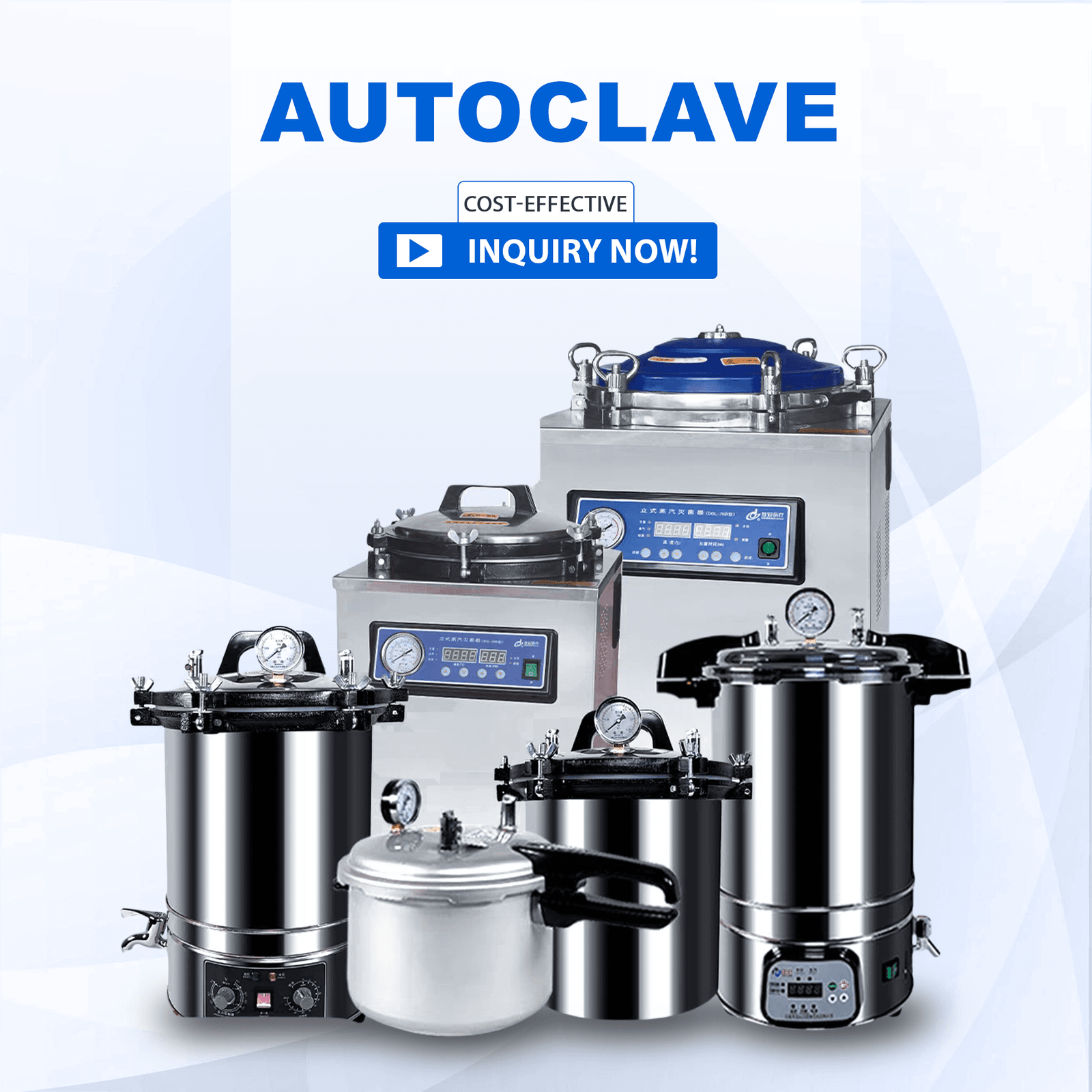
Οι επαγγελματίες της ιατρικής παγκοσμίως εμπιστεύονται τα αυτόκλειστα ως βασικά εργαλεία για τη διασφάλιση της ασφάλειας και της στειρότητας των ιατρικών εργαλείων. Οι διανομείς ιατρικών συσκευών και οι ειδικοί προμηθειών πρέπει να κατανοήσουν τις αρχές και τα οφέλη των αυτόκλειστων κλιβάνων

Οι εξελίξεις στον τομέα της υγειονομικής περίθαλψης καθιστούν απαραίτητη την ασφαλή και αποστειρωμένη διατήρηση των ιατρικών εργαλείων ανά πάσα στιγμή. Οι διανομείς ιατρικών συσκευών, οι αντιπρόσωποι και οι επαγγελματίες προμηθειών πρέπει να κατανοούν τις μεθόδους αποστείρωσης για να λειτουργούν αποτελεσματικά. Το
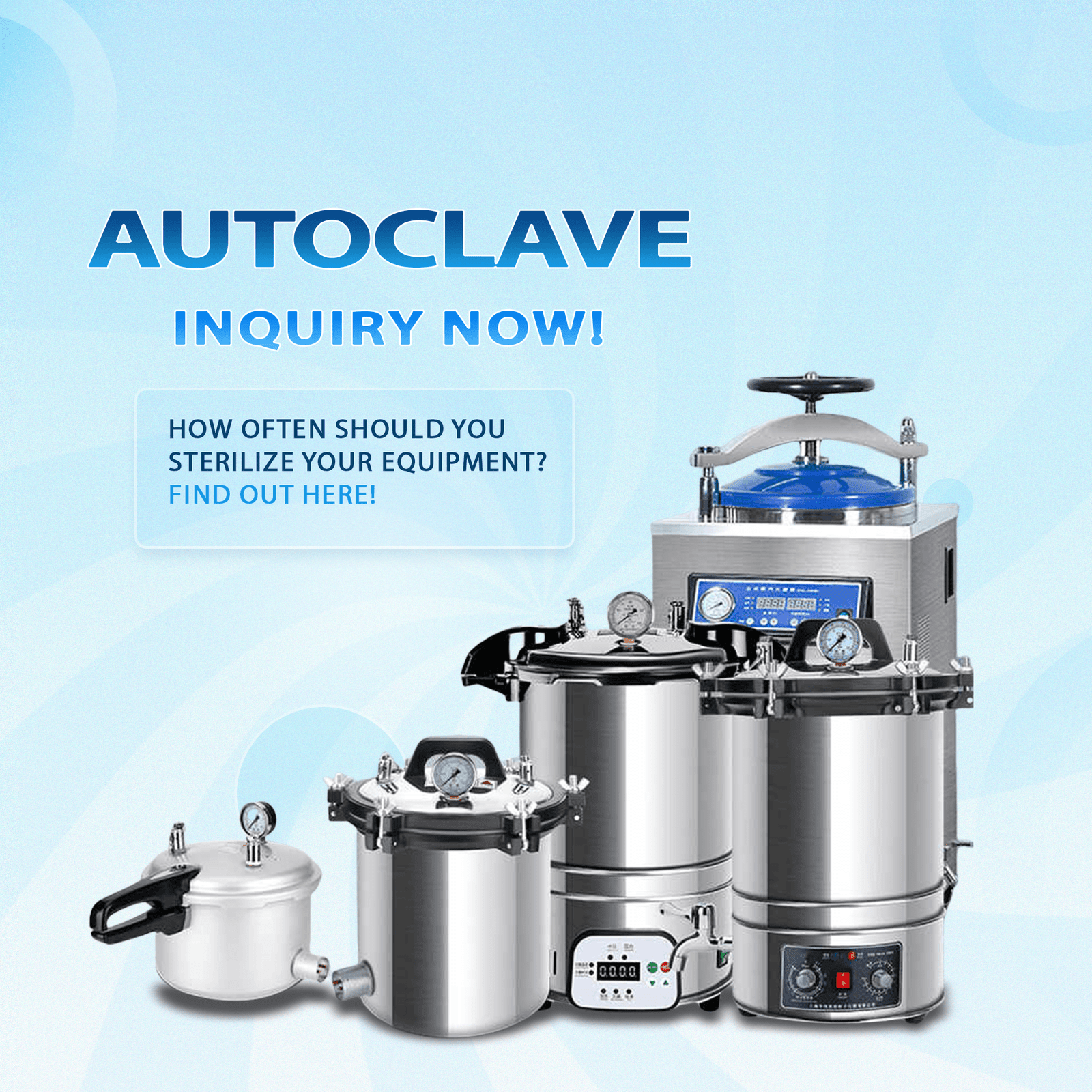
Η αποστείρωση ιατρικών συσκευών και οργάνων απαιτεί αυτόκλειστα, επειδή προστατεύουν την ασφάλεια των ασθενών και διευκολύνουν τη συμμόρφωση με τα ρυθμιστικά πρότυπα. Τα πιο εξελιγμένα συστήματα αυτόκλειστων κλιβάνων εξακολουθούν να αντιμετωπίζουν ορισμένους περιορισμούς. Διανομείς ιατρικών συσκευών,
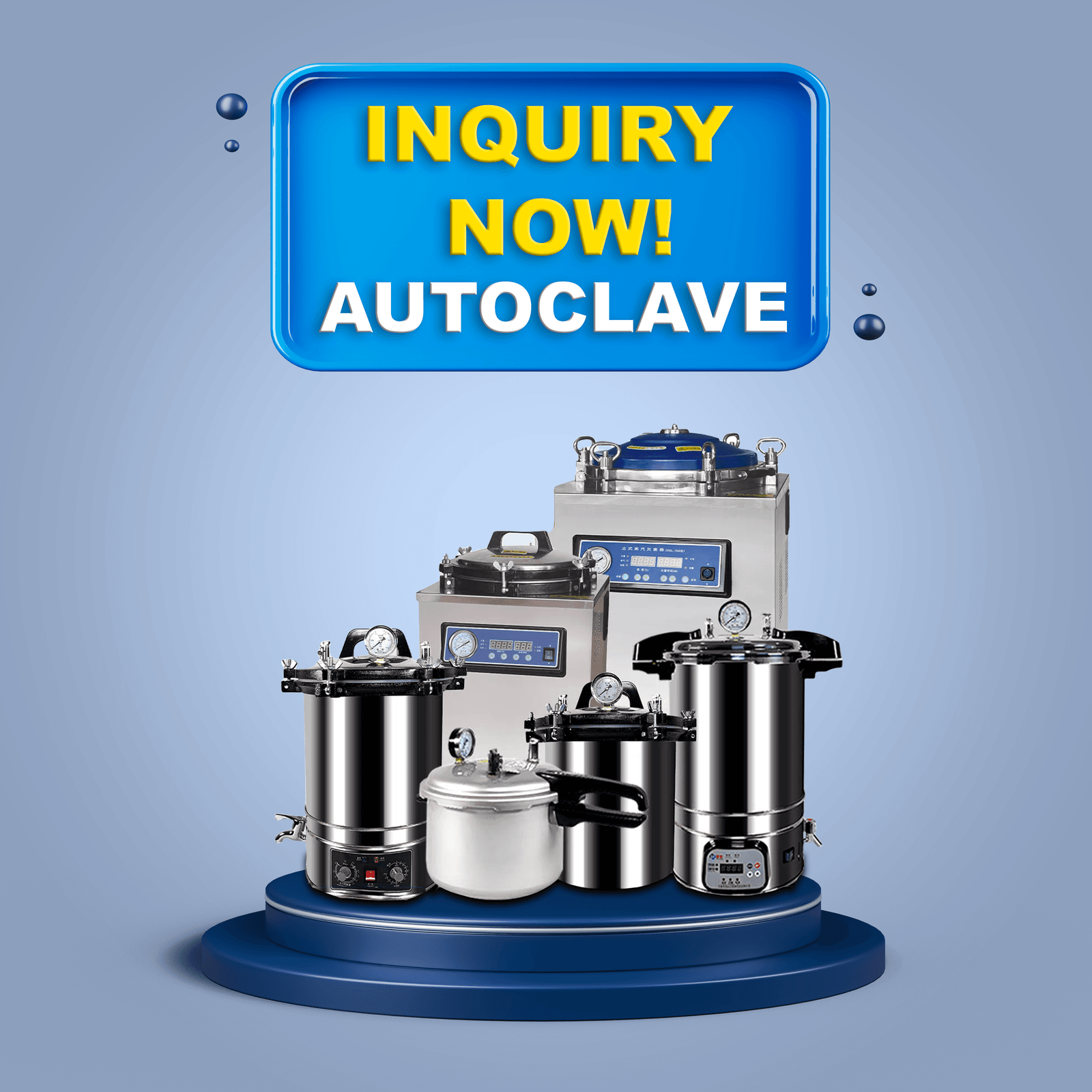
Στην κατασκευή ιατρικών συσκευών τα αυτόκλειστα λειτουργούν ως απαραίτητος εξοπλισμός, επειδή παρέχουν συνεπή αποστείρωση σε διάφορα όργανα και υλικά. Τα αυτόκλειστα χρησιμοποιούν κορεσμένο ατμό υψηλής πίεσης για την εξάλειψη βακτηρίων, ιών, μυκήτων και
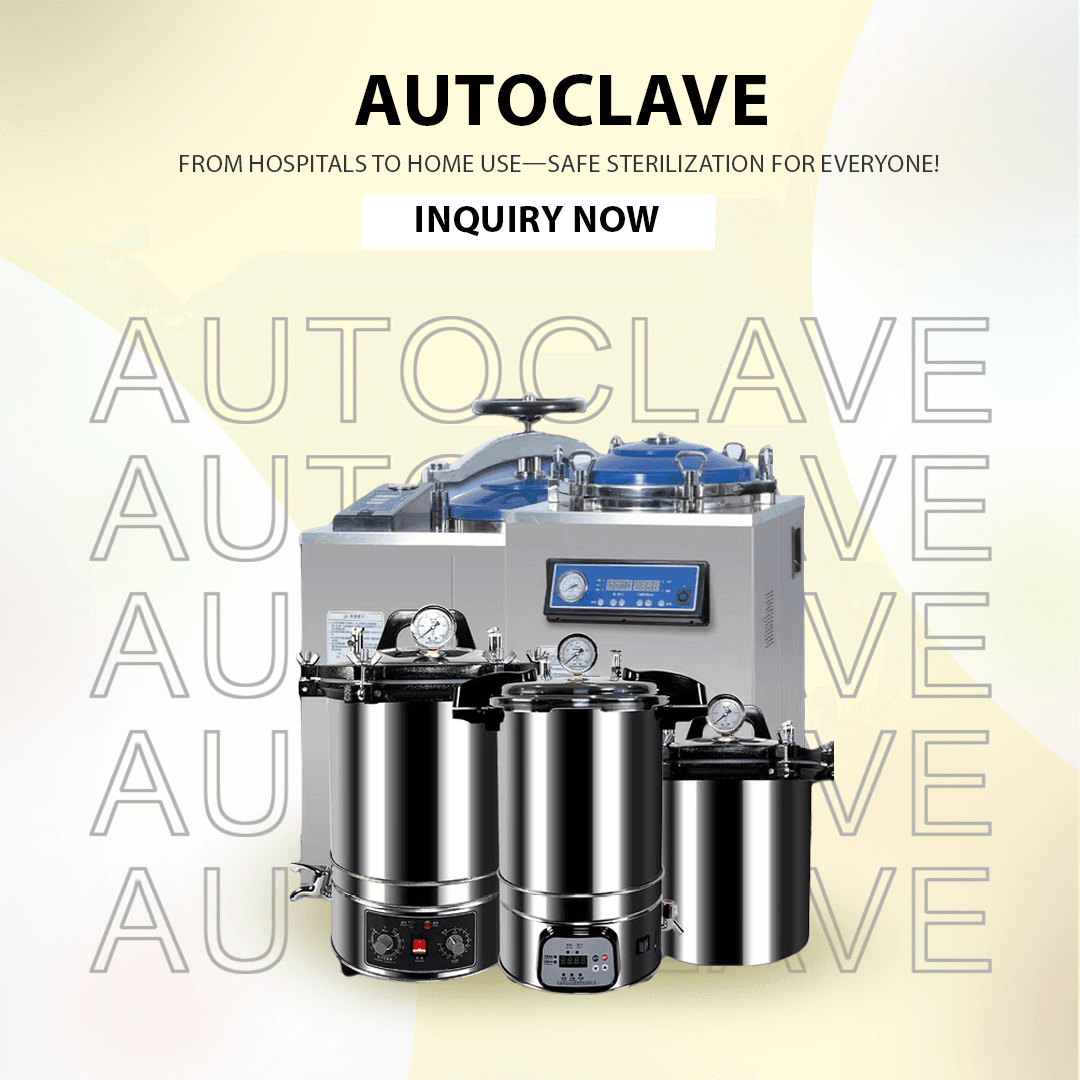
Τα αυτόκλειστα χρησιμεύουν ως ζωτικής σημασίας συσκευές σε χώρους υγειονομικής περίθαλψης και επιστημονικούς χώρους αποστειρώνοντας με συνέπεια όργανα και υλικά. Οι διανομείς ιατρικού εξοπλισμού μαζί με τους αντιπροσώπους και τους επαγγελματίες προμηθειών πρέπει να διατηρούν τη λειτουργία των αυτόκλειων